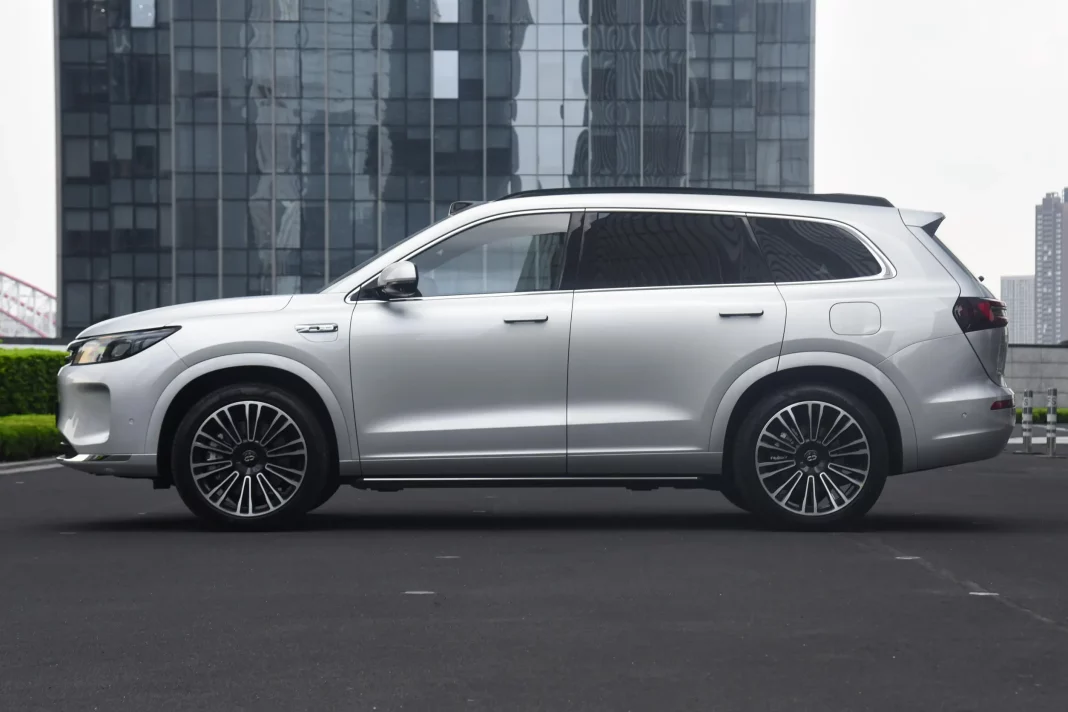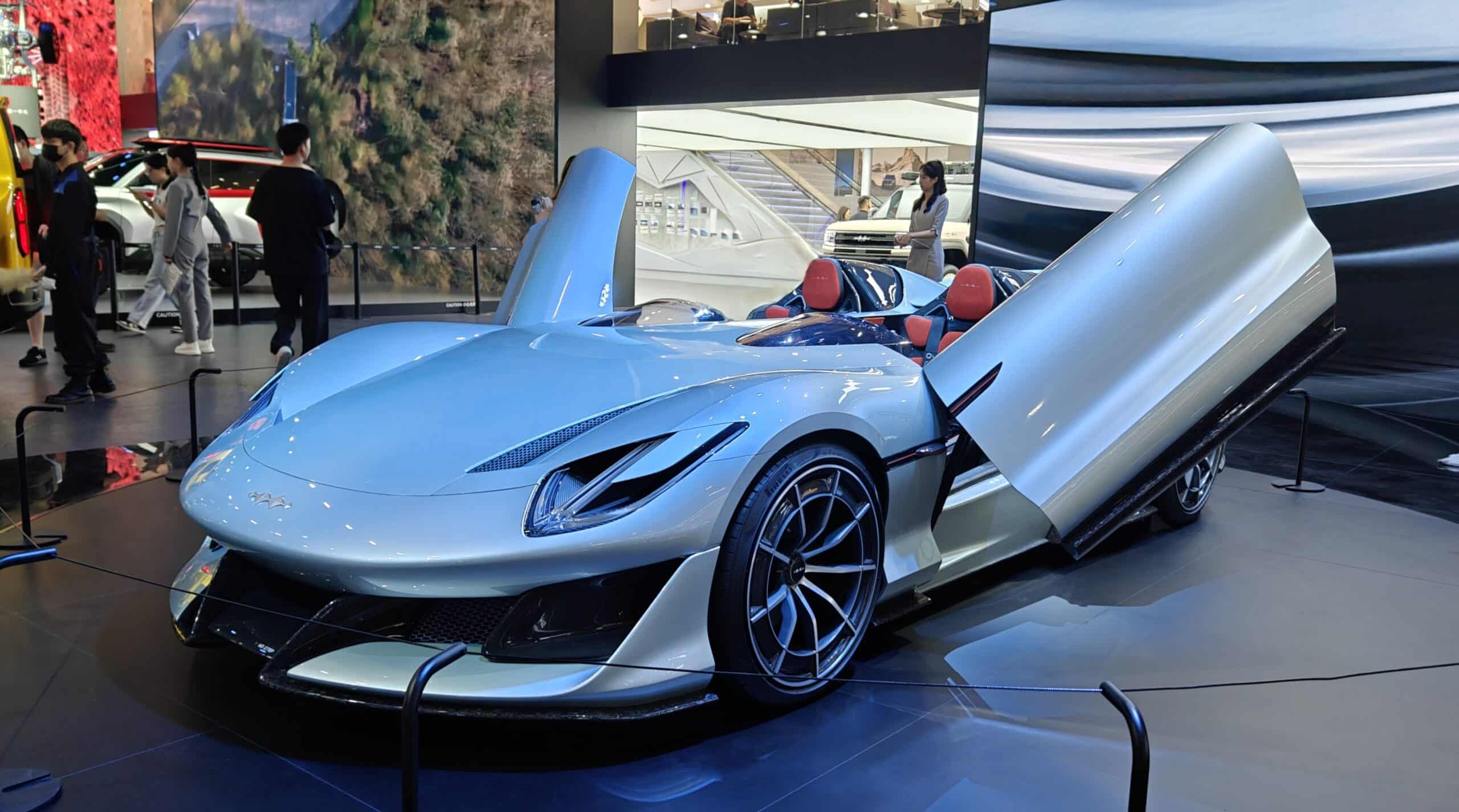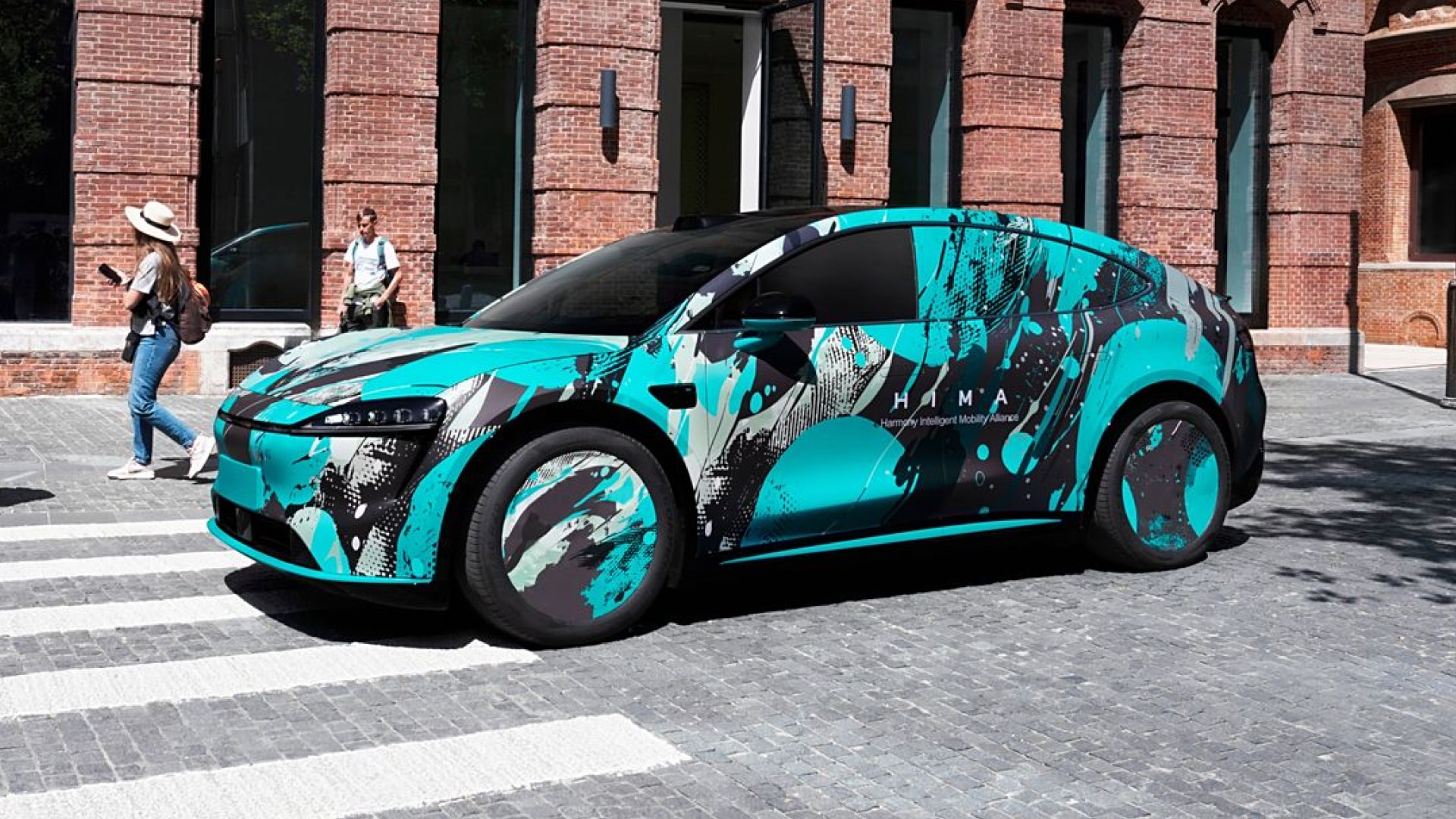Right at the beginning of the month we reported that the Aito M7 Ultra had entered the market. Earlier today Aito, a joint project between Huawei and Seres, announced it had delivered more than 10,000 of the new model in 18 days. This is claimed to be a record for new energy vehicles.
At the launch press conference Yu Chengdong, chairman of the Huawei car business unit, said that 10,000 cars had been pre-produced and that the company would deliver more than 4,000 in the first week. This was not an empty promise with deliveries in the first week reaching 4,349 cars.
The Aito M7 originally launched in 2022 but wasn’t popular until it had a refresh and price cut last September. This suddenly made the car a bestseller while also angering existing owners who had waited a long time for the old model and had been told there wouldn’t be a new version for at least a year.
The M7 Ultra (see specs) is another new version although the 2024 year Plus and Max versions currently remain on sale. Aito’s M7 Ultra is a higher level version which along with looking slightly different externally has an upgraded equipment level. On the Ultra version there is a new enclosed grille and there is also the option of a new blue color. More importantly, the car gets the same Lidar unit as the Aito M9. A 192-line unit it has a 250 meter detection range which is further than 150 meters provided by the 126-line unit on Max models. Initially, the M7 Ultra uses the Huawei ADS 2.0 system for driving assistance but Car News China believes the hardware is compatible with the more advanced Qiankun ADS 3.0 system, likely to debut on the Stelato S9. Also forming part of the sensor suite are three millimeter-wave radars, 11 high-definition cameras, and 12 ultrasonic radars.
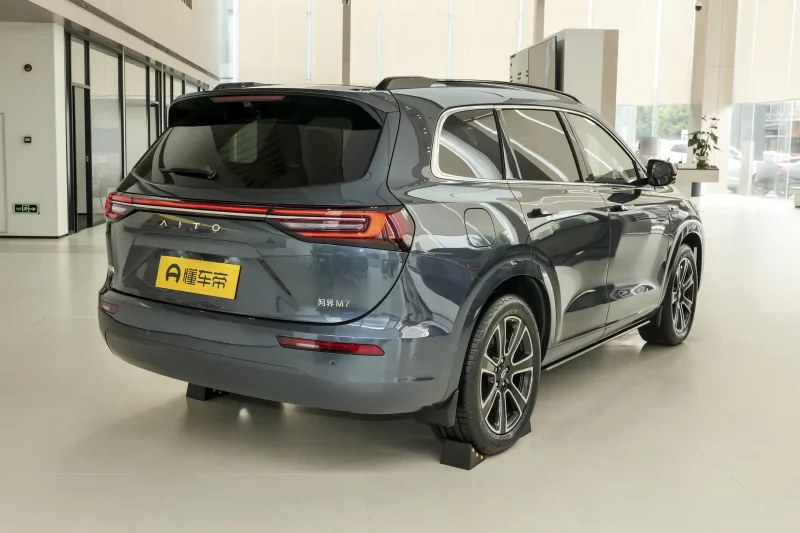
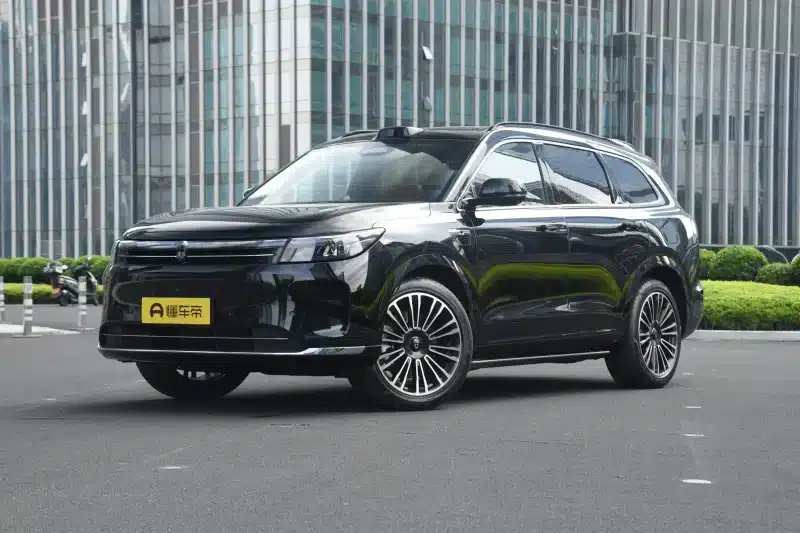
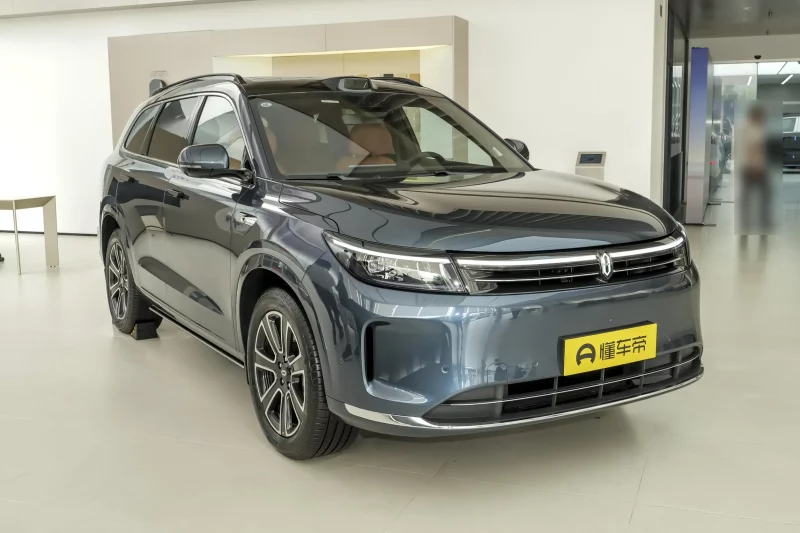
Although at first glance the interior largely seems the same, again behind the scenes there are various upgrades. The M7 Ultra retains the 10.25-inch full LCD instrument panel and 15.6-inch 2K central infotainment screen. Running it all is the Huawei HarmonyOS giving access to a super desktop, multi-person and multi-device collaboration, front and rear screen linkage, Schroeder acoustic diffuser technology, and rear MagLinks that can adapt to 13.2-inch screens. Along with gaining Nappa leather seats the Ultra version has better space optimization including 5 mm more headspace in the third row.
Available in both five and six-seat configurations the M7 Ultra measures in at 5020, 1945 and 1760 mm (l/w/h) while having a wheelbase of 2820 mm. It retains the same range-extended EV powertrain as earlier versions based around a 112 kW 1.5T engine. Rear wheel drive versions have a 200 kW electric motor which can deliver 360 Nm of torque. All wheel drive versions add a 130 kW motor to the front axle with an additional 300 Nm torque.
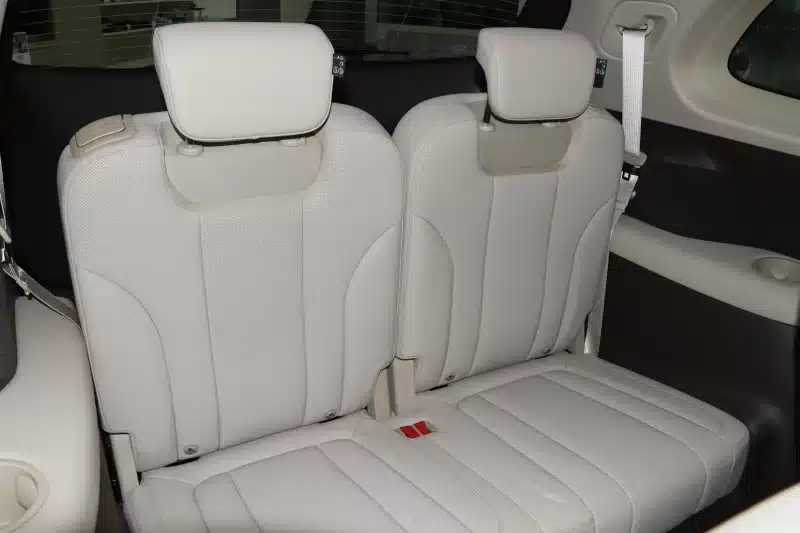
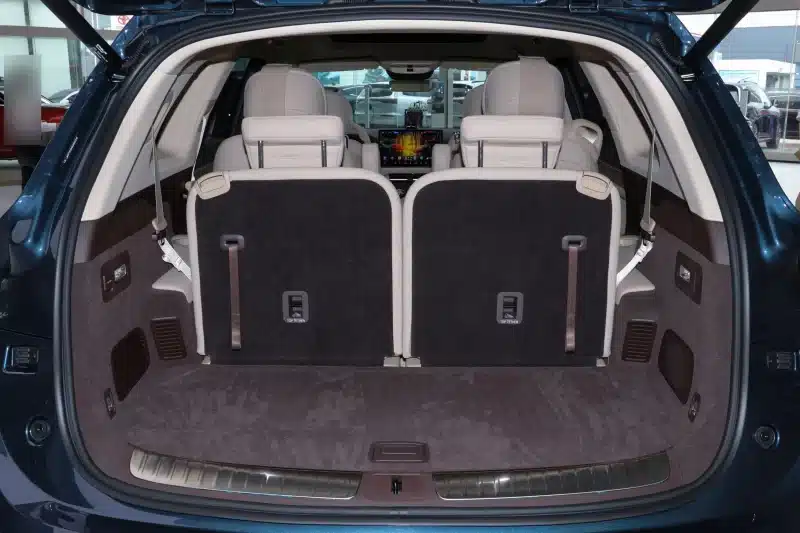
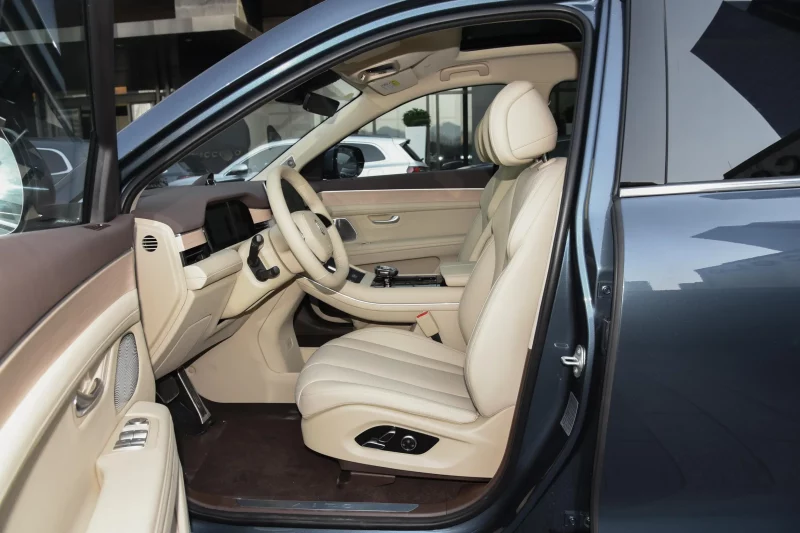
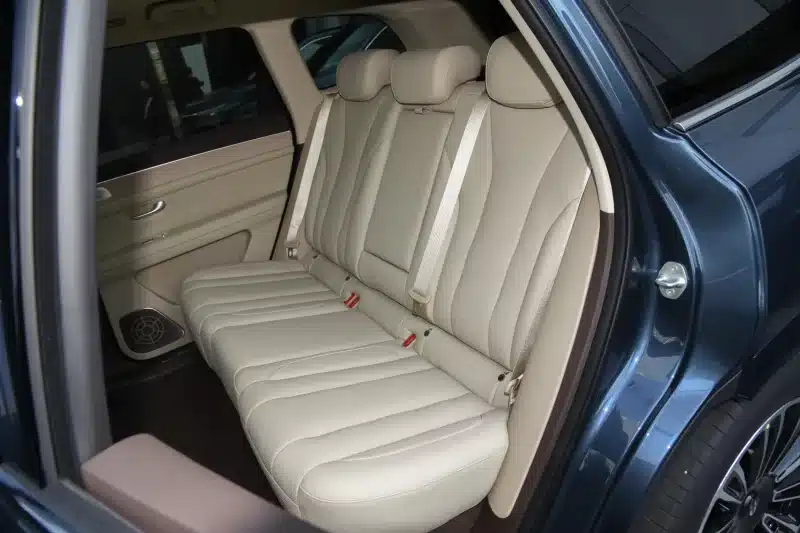
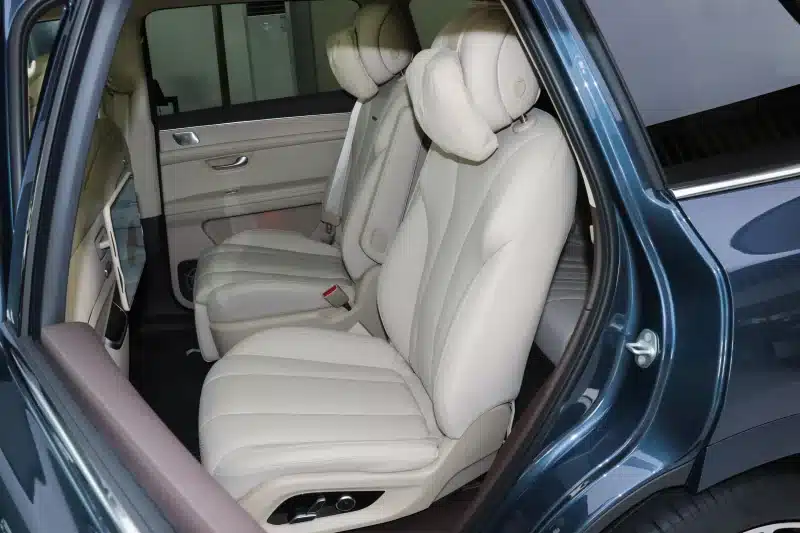
The Ultra comes with CDC continuous variable damping which is linked to ADS preview which can make adjustments to the shock absorbers allowing the car to achieve a 75.5 km/h moose test speed.
Prices for the Aito M7 Ultra range from 289,800 to 329,800 yuan (39,900 – 45,400 USD). From the beginning of the year up until June 16 Aito managed to sell 100,900 units of the M7 making it so they claim the first new energy vehicle this year to exceed 100,000 units in China.
Editor’s note:
Claiming the 10,000 as a record for new energy vehicles seems a bit of a stretch as really the car is a new version of an existing model rather than a whole new car meaning that production ramp-up was likely considerably easier.
Sources: Fast Technology, Dongchedi

